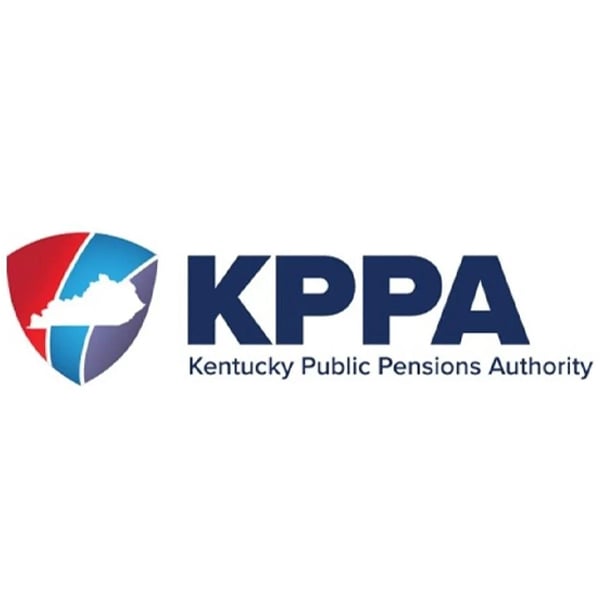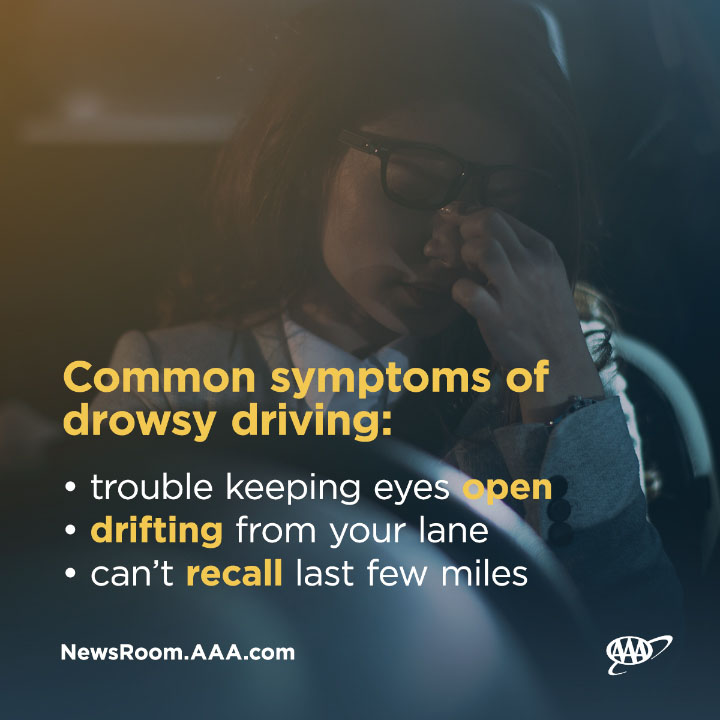As Kentucky joins other parts of the U.S. in “springing forward” with the onset of Daylight Saving Time on Sunday, drivers are reminded to stay focused behind the wheel.
The time change impacts sleep patterns and daylight hours, putting pedestrians and all road users at greater risk of the dangers associated with drowsy driving. According to the latest data from the Governors Highway Safety Association (GHSA), nearly 78% of pedestrian fatalities happened in the dark in 2022, up from 75% in 2021.
“Motorists will be experiencing a morning commute that is much darker than they’ve experienced the last several weeks while also dealing with a change in their sleeping patterns,” said Lori Weaver Hawkins, public affairs manager, AAA Blue Grass. “It’s important drivers stay alert and be especially mindful of pedestrians, including children on their way to school. The darker mornings will impact visibility.”
In Kentucky in 2024, State Police data shows there were 1,140 vehicles crashes resulting in 470 injuries and 7 deaths due to a driver falling asleep.
Another 670 crashes occurred in Kentucky last year due to driver fatigue, resulting in 225 injuries and 10 fatalities.
Previous AAA Foundation for Traffic Safety research found the number of drowsy driving crashes are much higher than official government statistics.
The AAA Foundation’s study, based on in-depth crash investigations and national fatal crash data, estimates drowsy driving is a factor in roughly 10 times as many traffic fatalities as traditional crash data indicates.
Research found 18% of all traffic fatalities between 2017 and 2021 were estimated to involve a drowsy driver, accounting for nearly 30,000 deaths.
In 2021 alone, an estimated 6,725 lives were lost in drowsy driving crashes across the country. The start of Daylight Saving Time can increase the risk of drowsy driving as motorists sometimes struggle at first to adapt to the change in their sleeping patterns.
Drowsiness impairs drivers in several ways:
• Reduced alertness makes it harder to react quickly to pedestrians and roadway hazards, such as stopped traffic. Just one hour less than the expert-recommended minimum of 7 hours of sleep increases a driver’s risk of crashing.
• Impaired judgment increases the risk of making poor decisions on the road. Sleep deprivation increases a driver’s risk of making many ordinary mistakes, leading to crashes. Those deprived of sleep by 4+ hours have an impairment similar to those over the legal BAC limit.
• Hazardous Microsleeps can cause momentary lapses in consciousness, leading to loss of control of the vehicle and failure to respond to dangers on the road.
The start of Daylight Saving Time brings about a combination of factors, including drowsiness and reduced visibility in the morning, that can increase safety risks for all road users. AAA offers the following recommendations for drivers as they “spring ahead” this weekend:
• Ensure you get enough sleep before driving. Aim for at least seven hours of sleep per night.
• Travel at times of the day when you are normally awake.
• Avoid driving when you are tired or sleepy.
• Listen to your body. If you start to feel tired, pull over and take a break. Don’t try to push through it.
• Travel with an alert passenger and take turns driving. Sharing the driving can help you stay awake and alert.
• Don’t underestimate the power of a quick nap. A 20- to 30-minute nap can significantly improve your alertness.
To protect yourself and others, drivers are encouraged to commit to these safe driving practices as well:
• Avoid Distractions: Drivers should not use a cell phone while behind the wheel. According to the latest AAA Foundation for Traffic Safety’s annual Traffic Safety Culture Index, 93 percent of drivers recognize the dangers of texting, emailing, and reading while driving, but 37% reported reading a text/email while driving in the past 30 days. It is illegal to text when your vehicle is in motion in Kentucky. Stow your smartphone away, turn it to airplane mode, or activate call/text blocking features like Do Not Disturb. The text isn’t worth putting yourself and everyone in and around that road at risk.
• Obey Speed Limits: Speeding significantly increases the severity of a crash. The AAA Foundation for Traffic Safety’s annual Traffic Safety Culture Index found that nearly half of drivers (49%) admitted to going 15 mph over the posted speed limit on a freeway at least once in the past 30 days, while 36% of drivers reported driving 10 mph over the posted speed limit on a residential street. According to the National Highway Traffic Safety Administration (NHTSA), speeding is a contributing factor in about one-third of all vehicle crash fatalities.
• Drive Sober: The Traffic Safety Culture Index also found 95% of drivers overwhelmingly perceive drunk driving as dangerous and socially unacceptable. Yet, 7% admitted engaging in this behavior in the previous 30 days. If you consume cannabis or alcohol, then don’t drive. If you are taking potentially impairing prescription medications, discuss with your doctor or pharmacist how best to stay safe AND healthy behind the wheel.
• Buckle Up for Every Ride. It does not matter where in the vehicle you are seated. A properly worn seatbelt is the most effective way to survive a traffic crash. Don’t forget passengers. A 2024 AAA analysis of five years of government crash data revealed that child seat and booster use declines after a child turns three. Find child passenger safety resources by state, including how to get a car seat checked, occupant protection laws, and answers to child safety seat questions.
AAA Blue Grass


















